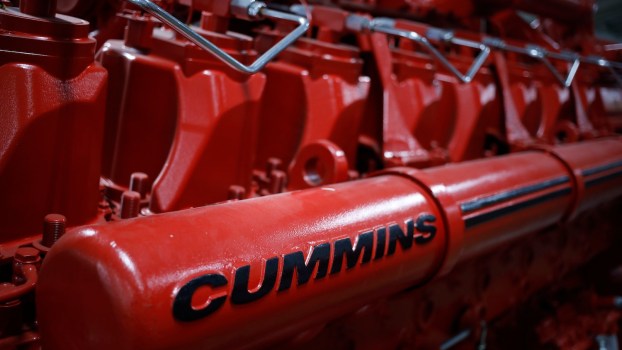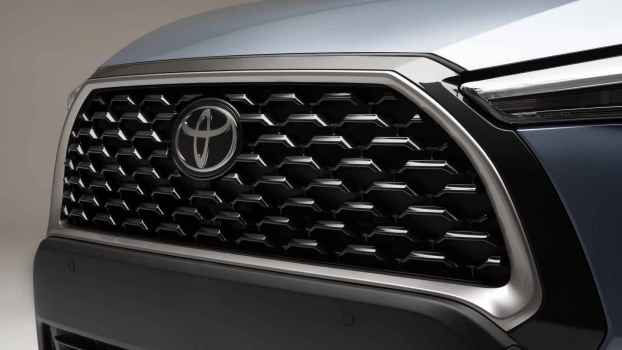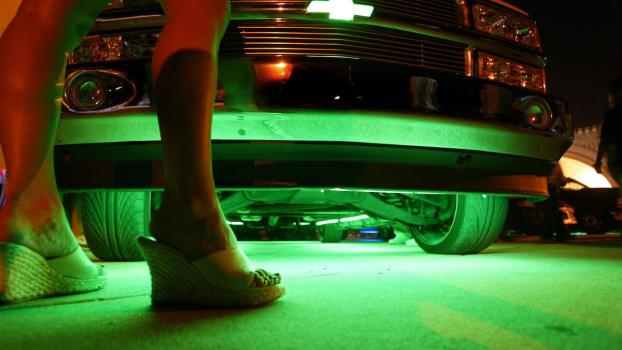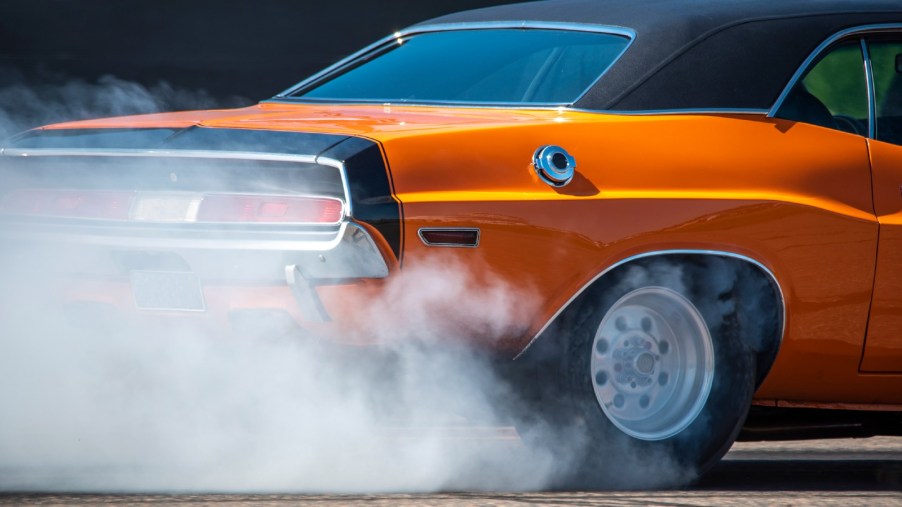
EPA Crackdown Threatens Aftermarket Car Mods
Is it legal to modify your car to create more power and improved performance? Yes, as long as the parts used still meet federal emissions standards. These standards were first spelled out in the Clean Air Act in 1970, but the EPA recently redefined the definition of a motor vehicle and increased enforcement of these regulations. What could this mean for future car modifications?
Is your modified vehicle in danger?
Technically, if you’ve installed aftermarket parts that defeat emissions regulations, your vehicle isn’t legally allowed to drive on public roads. The Clean Air Act spells out the need for modified vehicles to only drive on tracks in competition and never on public roads. There aren’t any emissions regulations for competition vehicles, which is where things become problematic.
The spirit of the Clean Air Act is to allow owners to modify their vehicles for weekend competitions as desired but to ban driving these cars on public roads. Unfortunately, the aftermarket parts industry takes advantage of this gray area and sells some emissions-defeating parts to anyone who wants them.
Unfortunately for companies selling these parts, the EPA isn’t targeting individual car owners. This government organization doesn’t have the workforce to ban every loud muscle car on the road. Instead, the target is companies selling these parts.
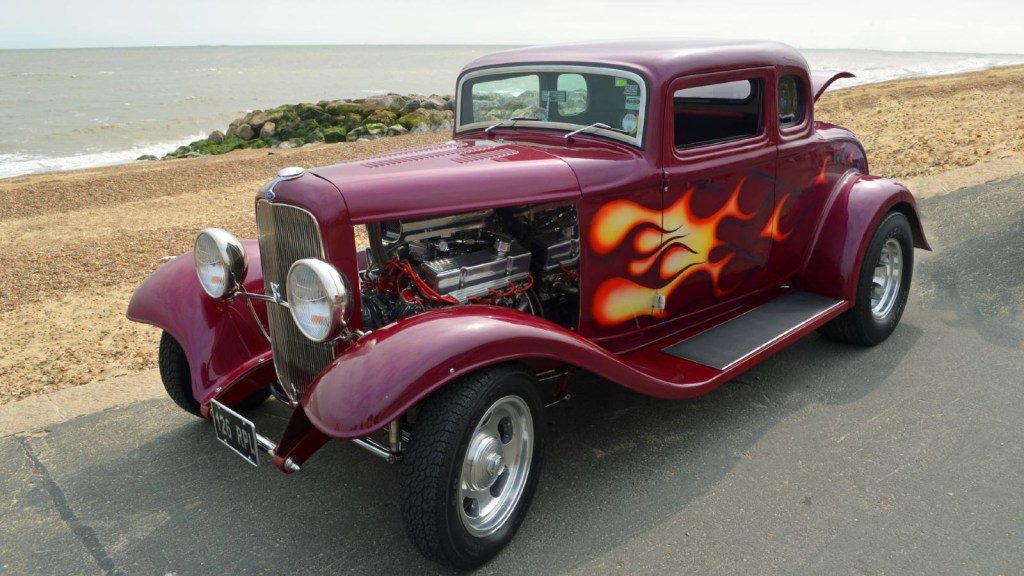
Did the EPA change the rules?
The regulations spelled out in the Clean Air Act have been around for more than 50 years. Recently, a reading of these regulations at SEMA provided a clearer definition of terms. This puts the target on aftermarket parts companies. Many of these companies will go out of business if banned from selling performance-modifying parts to the public.
The new clarification of the regulations would make it illegal to sell:
- Catalytic converters delete kits
- Hot cams
- Computer flashes
- Turbo kits
Only the largest companies could survive this change. Those large companies must certify all parts with the EPA or the California Air Resource Board to ensure they meet emissions regulations.
This increased enforcement would end most hot-rodding and small-time racing businesses. These make up most of the aftermarket customers for these car modifications.
Has enforcement always been consistent?
When it comes to government regulation and enforcement, it’s frustrating to realize that these agencies tend to pick and choose when to enforce certain regulations. It’s been illegal since 1970 to modify a vehicle to the point of defeating the emissions system, but many car owners do this anyway.
In fact, had the EPA enforced these Clean Air Act regulations in the 1970s, most NASCAR races would have been illegal. While today’s NACAR race cars are used exclusively for competition, those early days featured modified production cars driven on public roads when not competing.
What to expect
Your modified muscle car isn’t in danger of being targeted by the EPA. That said, it could be much more difficult to find aftermarket parts for car modifications in the future. Emissions-certified parts could be much more expensive than they are now.
Source: MotorTrend
